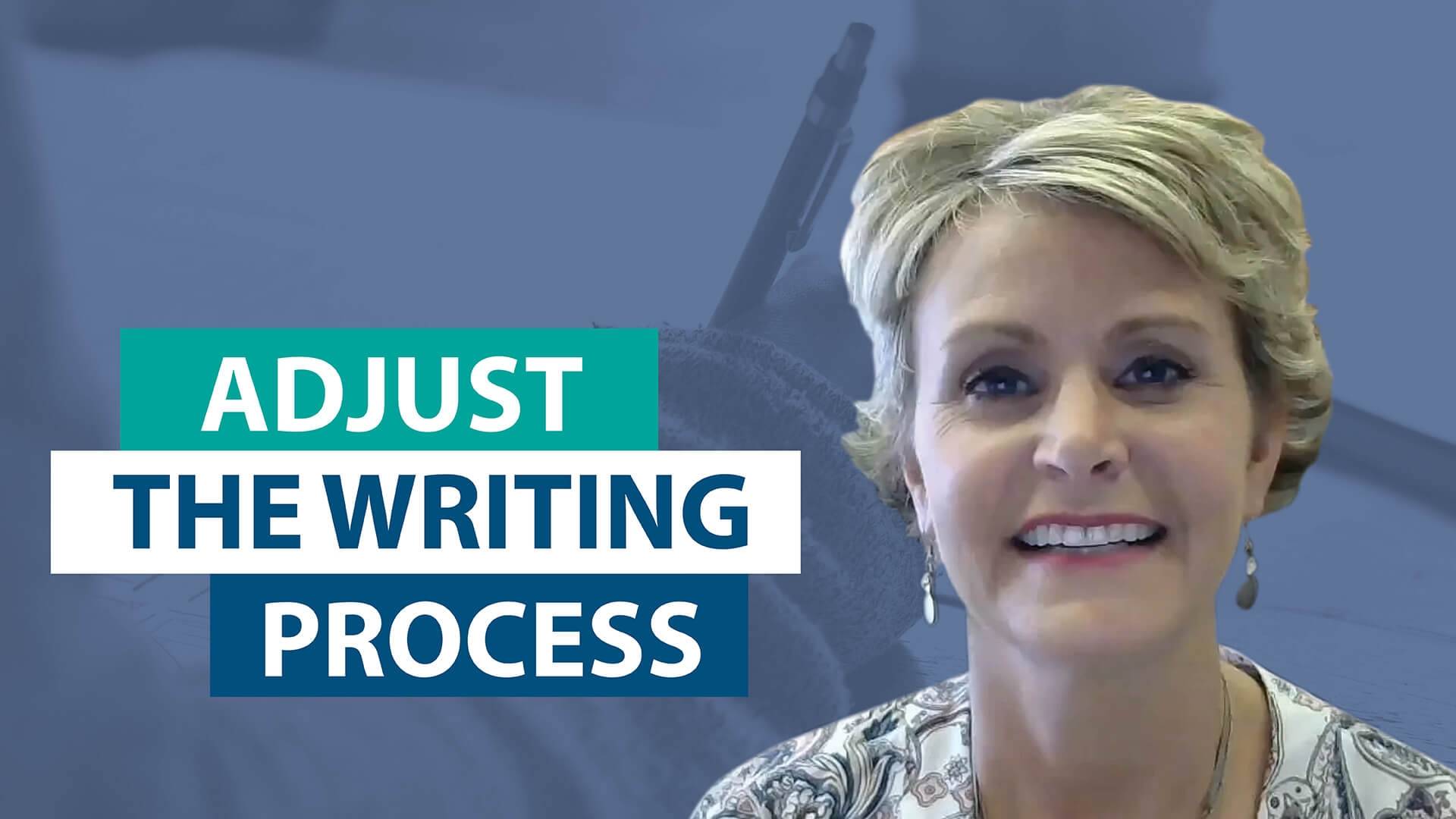writing
See the traits within the writing process
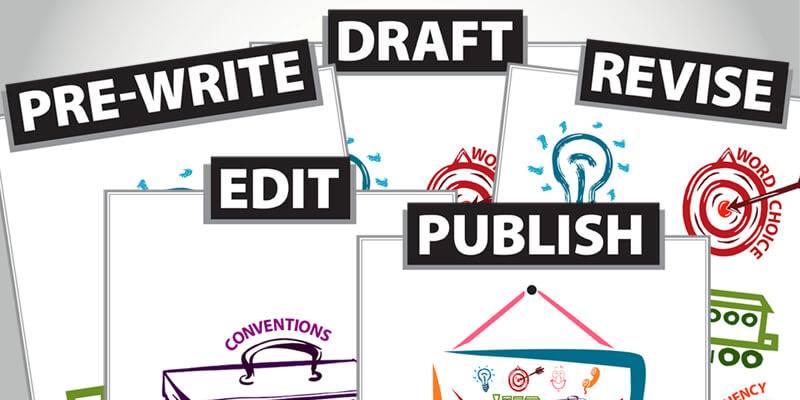
We all grew up with the terms of the writing process as part of our schooling–pre-write, draft, revise, edit, publish. But we may not all have learned the purposes and functions of each step or how the 6 Traits fit within them. The writing traits are not separate from the writing process. Rather, they provide focus for what skills to target at every stage.
The traits prioritized in pre-writing
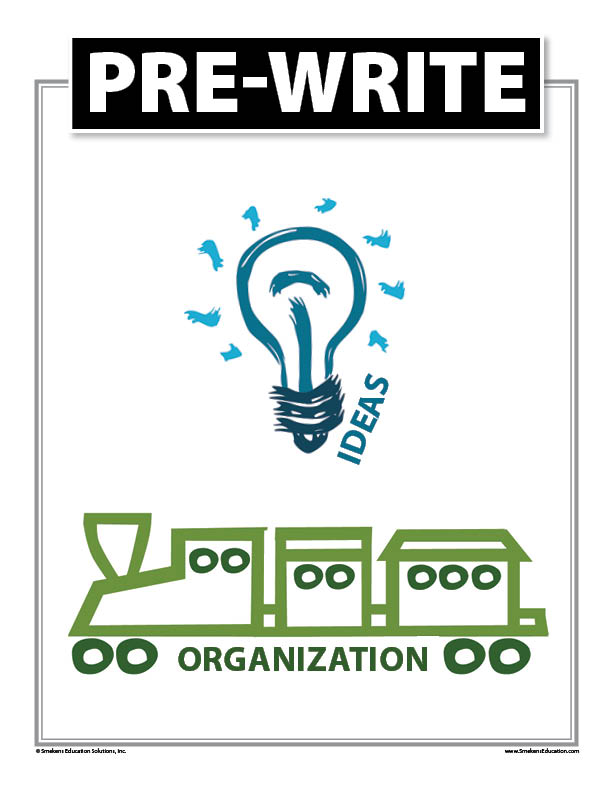 Pre-writing is thinking before you write. It’s taking a few minutes to logically organize your key points and specific details. This is why so many teachers use graphic organizers (e.g., brainstorming webs, outlines, grocery lists, etc.) to target the traits of ideas and organization.
Pre-writing is thinking before you write. It’s taking a few minutes to logically organize your key points and specific details. This is why so many teachers use graphic organizers (e.g., brainstorming webs, outlines, grocery lists, etc.) to target the traits of ideas and organization.
A question teachers often ask is Do you expect students to pre-write before every writing? Yes! It’s essential! But this doesn’t have to include an extensive graphic organizer. It could just be a list of words on a sticky note to guide their drafting. Remember this–if they don’t think before they write, then they write with undeveloped ideas, off-topic sentences, and an illogical order.
The traits driving the drafting stage
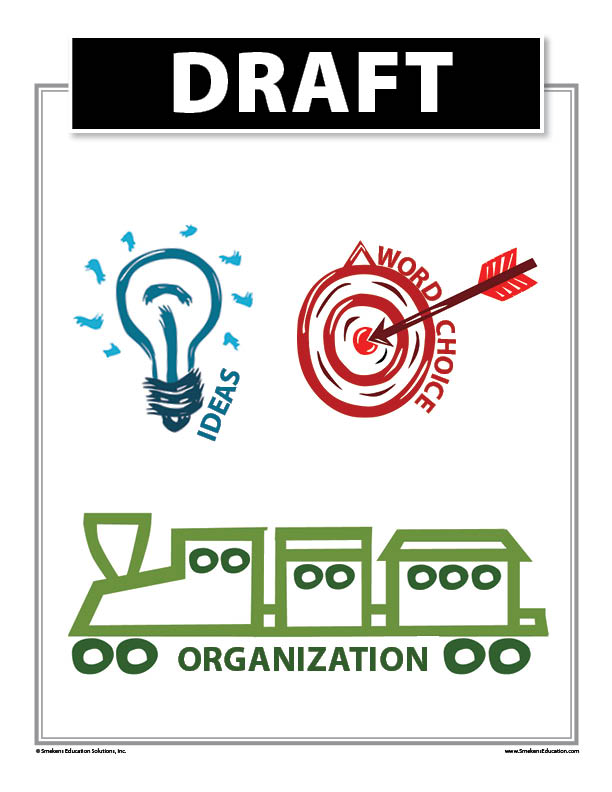 With pre-write in hand, students now begin to flesh out those ideas into sentences and paragraphs organized in their pre-determined order. [NOTE: This implies that the traits of ideas and organization are still the priorities when drafting.] However, more than simply stringing details together, students should be intentional about developing them, elaborating and expanding with details, and utilizing specific word choice.
With pre-write in hand, students now begin to flesh out those ideas into sentences and paragraphs organized in their pre-determined order. [NOTE: This implies that the traits of ideas and organization are still the priorities when drafting.] However, more than simply stringing details together, students should be intentional about developing them, elaborating and expanding with details, and utilizing specific word choice.
Never refer to this step as creating a rough draft or a sloppy copy. Rough and sloppy imply that students have the opportunity to make it smooth and neat later—and that’s not always the case (e.g., state and national assessments). Rather, refer to it as the first draft—meaning it should be a complete, albeit unpolished, product.
The traits revisited in revision
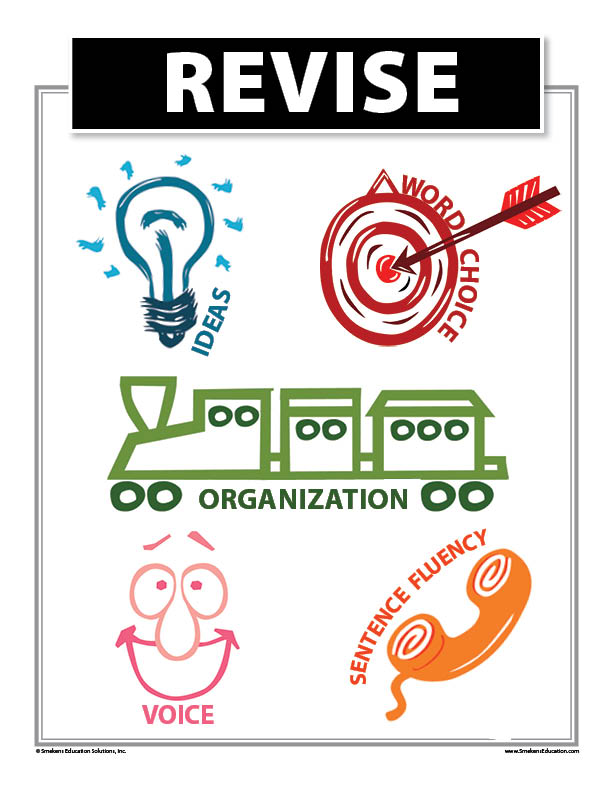 The power of 6 Traits is that students can apply focused revision—fine-tuning one trait at a time. Again, ideas and organization are your “trophy” traits, so revise those first. Some ideas may need to be cut or condensed, while others may need to be elaborated or clarified. With content solidified, move to the trait of organization. Rearrange paragraphs and sentences, if necessary. Also look to incorporate stronger transitions between the ideas.
The power of 6 Traits is that students can apply focused revision—fine-tuning one trait at a time. Again, ideas and organization are your “trophy” traits, so revise those first. Some ideas may need to be cut or condensed, while others may need to be elaborated or clarified. With content solidified, move to the trait of organization. Rearrange paragraphs and sentences, if necessary. Also look to incorporate stronger transitions between the ideas.
With ideas fleshed out and organized, revise for the supporting traits. Reread for precise word choice and the desired tone or voice.
Read aloud to assess the trait of sentence fluency. Listen for repetitive beginnings, adjust sentence lengths to add variety, and find places to include figurative language.
The trait essential to editing
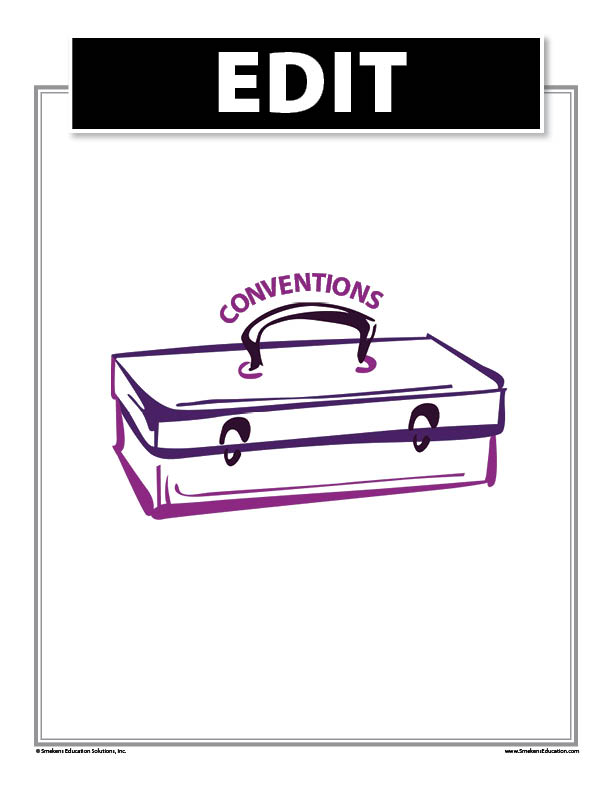 Once the piece “sounds” good, it’s time to make it “look” more correct. Only one trait is essential to editing: conventions. Editing is all about fixing spelling, grammar, mechanics, punctuation, capitalization, letter formation, spaces between words, paragraph indents, etc.
Once the piece “sounds” good, it’s time to make it “look” more correct. Only one trait is essential to editing: conventions. Editing is all about fixing spelling, grammar, mechanics, punctuation, capitalization, letter formation, spaces between words, paragraph indents, etc.
Demonstrate how to slow down during the editing process by focusing on one editing skill at a time (e.g., capitalization, spelling, end punctuation, etc.).
The traits polished when publishing
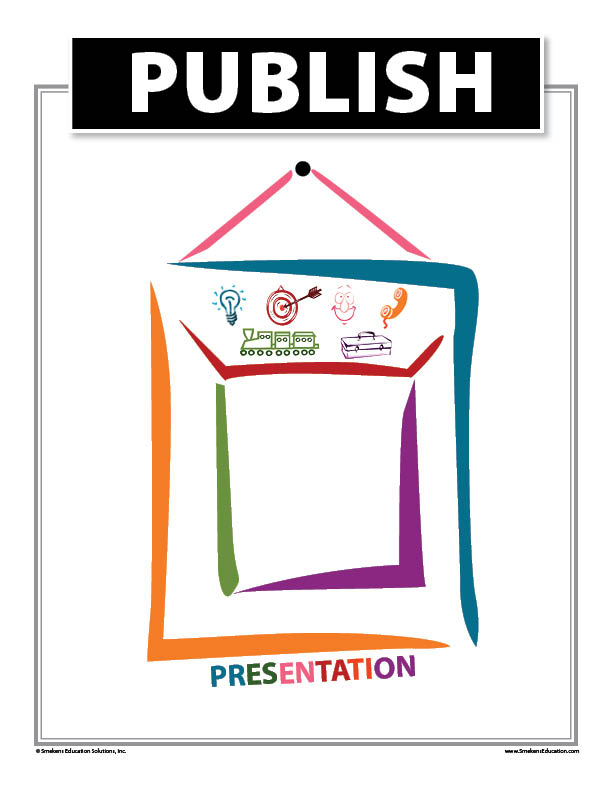 After the writer has considered the quality of the content and the correctness of the conventions, he then transitions to the +1. During the publishing stage, writers turn their attention to its final presentation. Legibility, neatness, and penmanship play a role in handwritten work. And if the piece is produced digitally, then this also includes scrutinizing the choice of font, color, graphics, etc.
After the writer has considered the quality of the content and the correctness of the conventions, he then transitions to the +1. During the publishing stage, writers turn their attention to its final presentation. Legibility, neatness, and penmanship play a role in handwritten work. And if the piece is produced digitally, then this also includes scrutinizing the choice of font, color, graphics, etc.
There is a reason that presentation is considered last—no matter how pretty the writing looks, it can’t make up for weak content. Therefore, keep students from recopying their first drafts until after revision and editing stages have been completed.
Teach your students the writing traits AND the writing process. But, more importantly, show them how the traits guide the writer as he progresses through each step of the writing process. These aren’t two separate concepts—but two that are closely connected.



